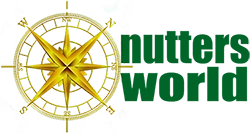Ancient Mediterranean Shipyards and Harbours
Mersa/Wadi Gawasis: Egyptian Middle Kingdom shipyard c 2000 – c 1500 BC
Mersa Gawasis was an active port from the Middle Kingdom into the New Kingdom. Unlike Ayn Soukhna, it was used for long-distance voyages to the land of Punt. Discoveries of stelae and papyri at the site confirm its unique role as a primary port for these expeditions.
By Nick Nutter on 2025-09-2 | Last Updated 2025-09-3 | Ancient Mediterranean Shipyards and Harbours
This article has been visited 1,370 times

Mersa/Wadi Gawasis
Mersa/Wadi Gawasis: Egyptian Middle Kingdom shipyard c 2000 – c 1500 BC
The discovery of the ancient Egyptian shipyard at Mersa/Wadi Gawasis on the Red Sea coast has fundamentally reshaped our understanding of the pharaonic civilization's seafaring capabilities. For a long time, historians and archaeologists believed that ancient Egyptian maritime activity was primarily confined to the calm, predictable waters of the Nile River. However, the remarkable finds at this site—including disassembled ship timbers, anchors, and written records—provide undeniable evidence of a sophisticated, large-scale operation dedicated to open-sea voyages. Mersa/Wadi Gawasis, a Middle Kingdom harbour dating to around 2040 BC, served as a crucial staging point for maritime expeditions to the fabled Land of Punt, a distant source of exotic goods, proving that the Egyptians were not merely riverine people but capable and ambitious seafarers.
Do you enjoy my articles? For your reading pleasure, this website does not carry third party ads. You could help me write more articles by buying me a cup of coffee.
Where is Mersa/Wadi Gawasis
The archaeological site is at the mouth of the Wadi Gawasis, approximately 25 km south of the modern city of Safaga and about 50 km north of Quseir.
Description of the Mersa/Wadi Gawasis site


Galleries at Mersa/Wadi Gawasis
Excavations since 2004 have identified at least eight rooms and galleries carved about twenty meters deep into the fossil coral terrace. These spaces incorporated work, habitation, and ritual areas.
Evidence of shipbuilding at Mersa/Wadi Gawasis
The excavations at Mersa/Wadi Gawasis have yielded significant boat building evidence, providing direct insight into pharaonic seafaring in Egyptian ships.
Ship Timbers: Archaeologists uncovered cedar ship timbers at Gawasis, which are riddled with traces of shipworms. The use of cedar indicates that Egyptians built seagoing vessels from imported wood.
Construction Techniques: Analysis of the timbers demonstrates that Egyptian ships relied on unpegged, deep mortise-and-tenon joints for hull construction, A technique that Egyptians also used in Nile riverboats. This shows a continuity of shipbuilding traditions between riverine and seagoing craft. Some planks also featured dovetail joints.
Ship Recycling: The site shows extensive evidence of shipbreaking and the reworking of planks after sea voyages. Archaeologists have found thousands of pieces of wood debris, cordage, linen fragments, and ship parts with tool marks. Red paint markings on wood suggest inspection and identification of unsatisfactory timbers.
Reused Timbers: Evidence suggests that the Egyptians reused timbers in other hulls or for architectural features on-site. Builders reinforced ramps within the gallery complex with cannibalized ship elements.
Ship Kits: A lengthy inscription documented the construction of ships on the Nile, their dismantling, and transport across the desert as "ship kits" to be reassembled at Gawasis. These kits included planks, beams, and fastenings.
Tools: Archaeologists found large copper-alloy tools such as adzes and chisels, as well as stone tools and wooden wedges, indicating the methods Egyptians used for dismantling and reworking ships.
Fastenings: Researchers have discovered fastenings that people cut and broke with tools. Additionally, archaeologists have found evidence for copper straps and ligatures that Egyptians used to reinforce lashing points in the planking. These were locked within channels using wooden wedges.
Rudder Blades and Anchors: Two wooden rudder blades for a steering oar and Egyptian-type stone anchors were among the initial finds.
Plank Dimensions: Hull planks that archaeologists discovered at Gawasis were substantial, with thicknesses of up to 22.5 cm, indicating the robustness required for open-sea conditions. Some thinner planks (2.5-4.2 cm) with small tenon coaks and paired ligature holes have also been found, showing potential similarities to frame fastenings on Greek laced boats.
The ‘Rope Cave’: The Rope Cave, a man-made cave carved into a fossil coral terrace, contained an incredible trove of well-preserved rigging. Archaeologists found over two dozen neatly stacked coils of rope inside. The sailors made the ropes from papyrus, and they were in such good condition they looked as if the Egyptian sailors had just left them there nearly four thousand years ago. This discovery provided concrete evidence of the type of rigging sailors used on the seagoing vessels.
When was the Mersa/Wadi Gawasis shipyard discovered?
George W. Murray initially visited the site of Mersa/Wadi Gawasis in the early 1920s, but Abdel Monem Sayed of Alexandria University definitively discovered and identified it as an ancient Egyptian port in 1976 and 1977. His excavations uncovered inscribed stelae and anchors, which led him to identify the site as the ancient port of Saww, used for expeditions to Punt. A joint Italian American team from the University of Naples and Boston University further investigated the site between 2001 and 2011.
When was the Mersa/Wadi Gawasis shipyard constructed?
Archaeologists were able to date the site to the Middle Kingdom through a combination of textual and physical evidence. The most significant clues came from inscriptions carved on stelae and fragments of papyri found at the site. These texts explicitly mentioned the names of pharaohs from the Middle Kingdom period and detailed the expeditions they sponsored to the Land of Punt. Mersa/Wadi Gawasis was in use from about 2040 BC.
What was the purpose of the Mersa/Wadi Gawasis shipyard?
Beyond the physical remains of the ships themselves, the site has yielded a wealth of textual evidence that brings the maritime operations to life. Inscriptions carved on commemorative stelae and papyri fragments document the details of specific voyages to Punt, often mentioning the names of pharaohs, the number of ships, and the expedition leaders. One significant find was a series of inscribed cargo boxes that were likely used to transport goods on the journey.
These texts confirm that Mersa/Wadi Gawasis, known anciently as the harbour of Saww, was the official port for these voyages. The records not only describe the perilous journeys but also list the valuable cargo brought back from Punt, including myrrh, incense trees, and ebony, all of which were highly prized in Egypt for religious rituals and as symbols of wealth.
Based on the epigraphic records discovered at Mersa/Wadi Gawasis, multiple voyages to the Land of Punt are documented across several reigns of the Middle Kingdom. The inscriptions, found on stelae and other artifacts, provide the following details:
Senusret I (c 1971 to 1926 BC): The stela of the official Antefoker records an expedition to Bia-Punt during the reign of this pharaoh, marking an early use of the port.
Amenemhat II (c 1929 to 1895 BC): A stela from his reign, specifically dated to his 28th year, details a safe return from a Punt expedition.
Senusret II (c 1897 to 1878 BC): An inscribed stela found in a rock-cut chamber at the site records a voyage to Punt that occurred in the second year of his reign.
Senusret III (c 1878 to 1839 BC): Records associated with an official named Ankhu are linked to an expedition to Punt during his rule.
Amenemhat IV (c 1815 to 1806 BC): A recently discovered inscription mentions a Punt expedition during this pharaoh's reign, extending the known use of the harbour into the late Middle Kingdom.
The significance of the Mersa/Wadi Gawasis shipyard?
The archaeological findings at Mersa/Wadi Gawasis provide a substantive re-evaluation of ancient Egyptian maritime capabilities. The synthesis of material and epigraphic evidence—specifically, the remains of prefabricated, seagoing vessels and the detailed administrative records—establishes that Middle Kingdom Egyptians possessed the logistical and technological proficiency to undertake complex, large-scale expeditions on the Red Sea. This evidence moves beyond the traditional scholarly focus on Nile-based navigation to demonstrate a sophisticated understanding of open-water transport and international trade. Consequently, the site of Mersa/Wadi Gawasis not only validates the historical reality of the Punt expeditions but also necessitates the inclusion of ancient Egypt within the broader academic discourse on ancient maritime cultures and their global interactions.
When was the Mersa/Wadi Gawasis shipyard abandoned?
Archaeologists used a multi-faceted approach to determine the length of time the site was in use, combining both textual and scientific methods.
Epigraphic Evidence: Inscriptions on stelae and papyri fragments were crucial. These texts not only detailed specific expeditions to Punt but also mentioned the reigns of pharaohs, from Senusret I to Amenemhat IV. This wide range of royal names established that the site was actively used throughout a significant portion of the Middle Kingdom, from the early 12th Dynasty to the late 12th/early 13th Dynasty.
Ceramic Analysis: The types of pottery found at the site were also key. By analysing the stylistic and typological sequences of the ceramics, archaeologists confirmed that the majority of the finds dated to the 12th and 13th Dynasties aligned with the dates the inscriptions provided. There were also smaller amounts of pottery that suggested the site may have been used as early as the late Old Kingdom and briefly into the early New Kingdom, indicating a longer, though intermittent, period of use.
Radiocarbon Dating: In addition to the artifact-based dating, archaeologists used radiocarbon dating on organic materials like wood, rope, and grass found at the site. These scientific tests provided independent confirmation of the Middle Kingdom dates, helping to establish a more precise chronological framework for the harbour's active period.
Research suggests that the Egyptians abandoned the harbour at Mersa/Wadi Gawasis around 3,500 years ago, which corresponds to the beginning of the New Kingdom (around 1500 BC). The reasons for its abandonment were likely twofold: a natural process of the bay silting up, and the reopening of other trade routes, potentially including riverine and land routes to Punt. The fall in sea level also contributed to the bay becoming less suitable as a harbour.
References
Bard, Kathryn A., and Rodolfo Fattovich. "Recent Excavations At The Ancient Harbor Of Saww (Mersa/Wadi Gawasis) On The Red Sea." ResearchGate.
Bard, Kathryn A., and Rodolfo Fattovich. "Spatial Use of the Twelfth Dynasty Harbor at Mersa/Wadi Gawasis for the Seafaring Expeditions to Punt." ResearchGate.
Bard, Kathryn A. (2010). "Boston University Arts & Sciences" magazine. This article discusses the discovery of the caves, and the significance of the rope finds.
Carannante Alfredo (2014) Marine Resources Exploitation at Mersa/Wadi Gawasis (Red Sea, Egypt). The Harbour of the Pharaohs to the Land of Punt.
Fattovich, Rodolfo & Bard, Kathryn A. (2010). "MERSA/WADI GAWASIS 2009-2010". This geological and archaeological report discusses the site's environment and the details of the finds, including those from the caves.
Manzo A. et al. (2024) Back to the Harbour of the Pharaohs to the Land of Punt; New Archaeological Investigations at Mersa/Wadi Gawasis
Sayed, Abdel Monem. "Mersa\Wadi Gawasis as a Waterway on the Red Sea to the Land of PA.wn.wt." ResearchGate.
Do you enjoy my articles? For your reading pleasure, this website does not carry third party ads. You could help me write more articles by buying me a cup of coffee.
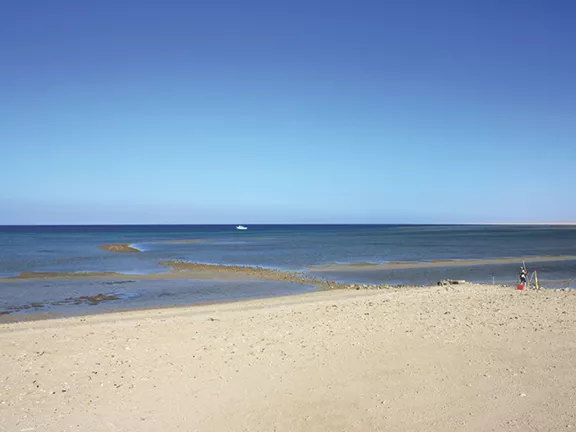 1: Egypt's Wadi al-Jarf c 2600 - 2560 BC
1: Egypt's Wadi al-Jarf c 2600 - 2560 BC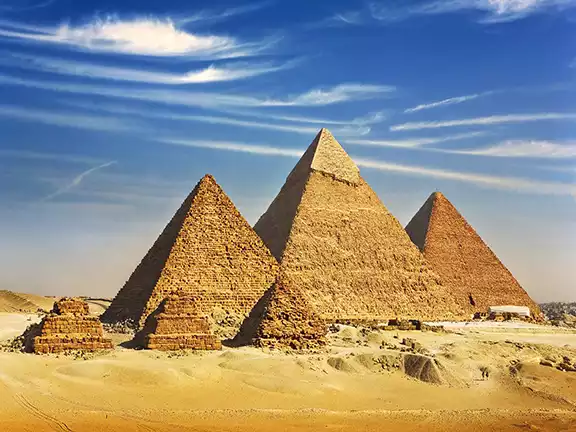 2: Egypt's Ro-She Khufu 2580 - 2500 BC
2: Egypt's Ro-She Khufu 2580 - 2500 BC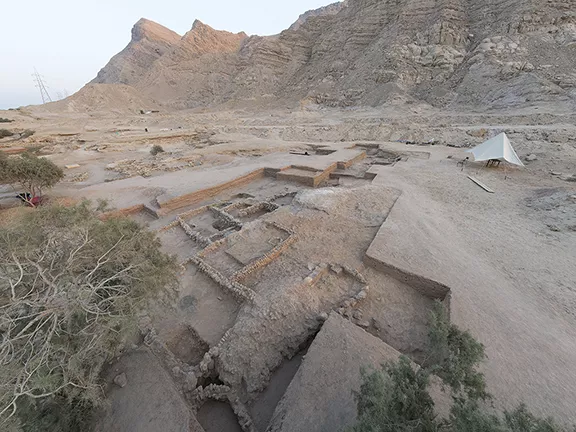 3: Egypt's Ayn Soukhna c 2500 - 1850 BC
3: Egypt's Ayn Soukhna c 2500 - 1850 BC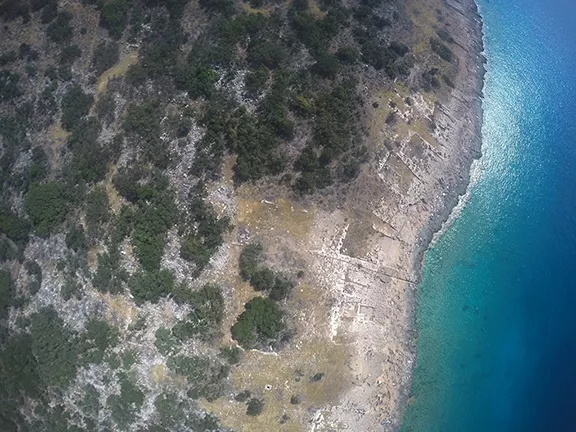 5: Dana Island, Turkey c 800 BC - 700 AD
5: Dana Island, Turkey c 800 BC - 700 AD